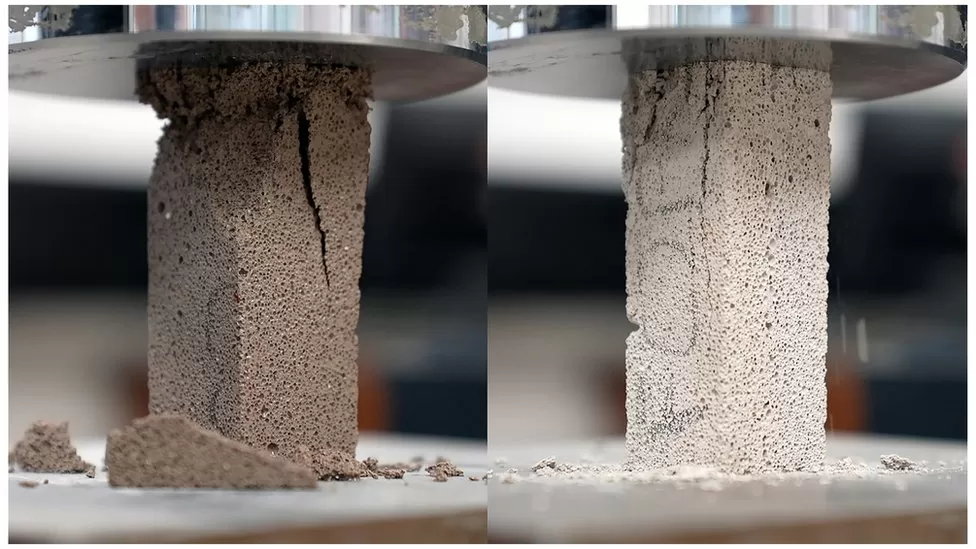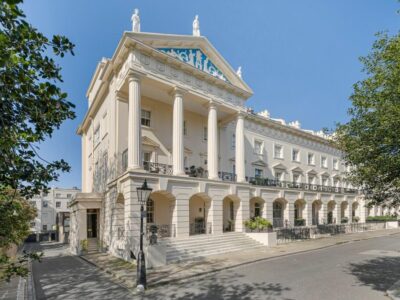Lecture theatres, science laboratories, and student unions are among UK university buildings shut because of crumbling concrete. Thirteen universities have told BBC News they have closed or partially closed areas containing reinforced autoclaved aerated concrete (Raac). Lectures have had to move to other areas of campus. Some fresher events have also been affected as universities make areas safe. Last week, the Department for Education (DfE) advised schools, colleges, and nurseries in England to vacate areas known to contain Raac, unless suitable mitigating measures had been put in place.

Other public buildings across the UK, built or modified between the 1950s and the mid-1990s, are also affected. Some shows have been canceled after the concrete was found in theatres. And St David’s Hall, in Cardiff, has closed for checks, with comedian Adrian Edmondson, singer Alfie Boe, and 1980s rock band Europe due to perform in the coming weeks. More hospitals have also come forward to report they may have been built using Raac and the government said it was working quickly to establish the scale of the problem. Many buildings have been managing and monitoring the situation for years, in line with previous guidance, but some are now taking extra precautions.
Of the 81 universities to have responded to a BBC News request for information:
- 58 say they have no Raac
- 13 say they are affected
- 10 are checking buildings
Scotland
- University of Edinburgh – access has been restricted to areas within eight buildings that include teaching, laboratory and office spaces
- University of Aberdeen – some buildings including non-specialist teaching spaces, offices and information-technology rooms have been closed as a precautionary measure
- Abertay University Dundee – Raac has been identified in an isolated part of one campus building not currently used for teaching
- University of Dundee – partial building closures include the engineering building and part of the student union
- Edinburgh Napier University – the university says a small amount of non-structural Raac at its Merchiston campus is being managed appropriately and all buildings remain open
- University of St Andrews – two Students’ Association venues have been closed, with work expected to last until next summer
- University of the Highlands and Islands: a small area of Moray College is affected and students and staff based in the affected wing are being relocated
- University of Stirling – the upstairs of the student union has been closed, including the studio bar, staff offices and media office
- Heriot-Watt University – the five buildings containing Raac are structurally safe but access has been restricted to allow remedial work in one of them

England
- University of Bradford – a small area of the Chesham building is affected but the university says teaching will not be
- Brunel University London – three buildings have closed, none is residential
- University of Sussex – work has begun to replace roof panels containing Raac in five buildings but all are structurally safe and no buildings entirely closed
Wales
- Cardiff University – an area in one building has been closed as a precautionary measure until appropriate remedial works are completed
On Wednesday, the DfE published a list of 147 schools in England built using the concrete – but education unions said it “does not appear to reflect the full extent of the problem” and must be updated. The DfE said the list included only schools where its surveyors had found the concrete as of 30 August – and not those that had had their own surveys. Six unions have now written to Education Secretary Gillian Keegan asking urgent questions, including: “How many schools with suspected Raac have yet to be surveyed?” the county with the most affected schools, about 25 are closed, partly closed or making alternative arrangements and Ms Keegan has visited one of them.
![]()





